How are the messages we’re seeing online about how our kids should be eating impacting the way we’re feeding our kids—and which ones do we need to completely ignore to save our sanity come meal times?
Welcome to YTF Community, a place to safely share in the challenges and joys of feeding our families. If you haven’t already, sign up as a paid subscriber and have access to exclusive content and weekly meal plans.
The other night I was gearing up to tackle the evening sprint of getting the kids a quick dinner (Pizza Pockets warmed from the freezer!) and then shuttling between karate and t-ball (the cuteness of preschoolers playing baseball makes me cry almost every time!). Right before I put my phone away, I saw a post about how using a divided plate for kids was a “sure” way to make them become picky eaters. Because the food isn’t touching. And therefore, the post said, the child will never eat foods that touch.
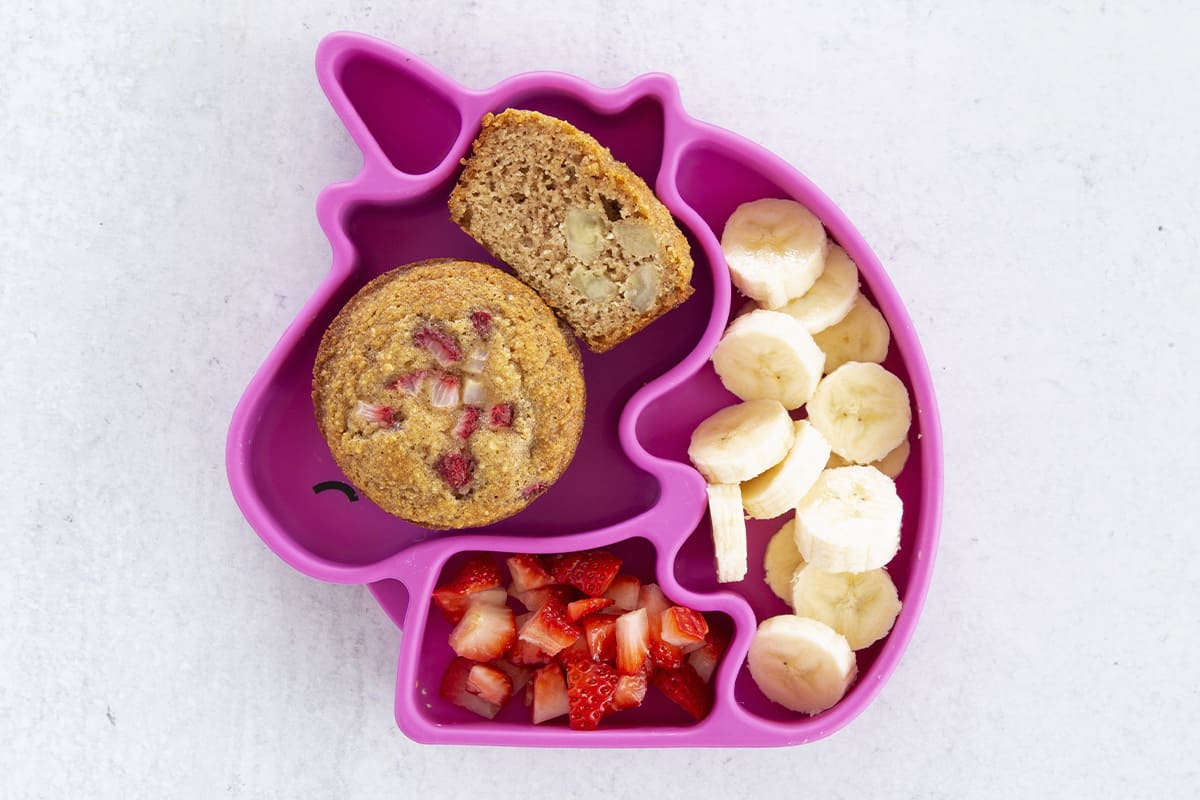
The quick sound bite nature of content designed to make us engage is fun…right up until it starts to make us think there’s something wrong with the way our kids are eating. Or that the way our kids are eating is a problem that we need to solve every time they sit down for a meal or snack. Or that we’re doing something wrong for feeding our kids the way it works for us in our real lives.
I, too, feel this pressure and over the years, I’ve gotten better at being able to pull back and look at the bigger picture. Which always helps my perspective. To help you release a little of that pressure too, and to be able to spot content that may not serve you, here are 5 myths I see over and over online—from the divided plates issue, to sugar before age 4 (does it really set the kids up to prefer sweets?), to “processed” snacks impacting kids eating “real” food, the way to feed babies that prevents pickiness and more.
It’s easy to get caught up in the feeling that we’re doing everything wrong. But what if we’re already doing a lot of things right and just to know how to put what we’re seeing online into better context?
Members Only
The full post is for paid subscribers to the YTF Community. The vast majority of my content is free every day of the year, so if this topic is of interest to you, consider upgrading to a paid subscription to keep reading.
A subscription gets you: Paywalled essays, commenting with peers, weekly customizable meal plans, bonus recipes, and other fun perks.
If you’re already a member, login for access.




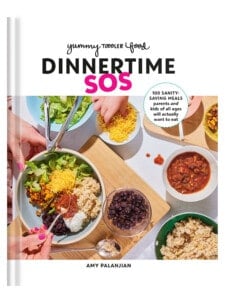
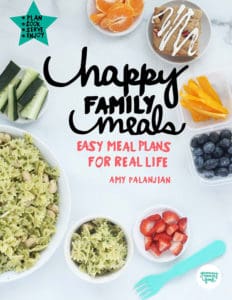
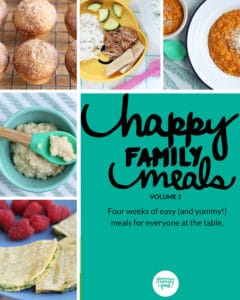
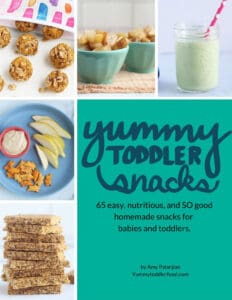














Thanks for this. It’s really helpful. I have seen that my 5 year old has gone through (and continues to go through) phases. Some days beige (processed) food reigns and other times red peppers and sweetcorn!
One thing I worry about is her desire for sugar. She asks for ‘pudding’ (UK dessert) after meals, and it feels like she constantly wants chocolate or cakes. I’m not sure how to handle it. I want it to stop being a big deal but don’t know how to shift to that mindset (for her or us)? Any ideas?
Some advice I like from intuitive eating experts is to remember that the more we restrict a food or treat a food differently, the more many kids (and adults) will want it. In my house, it has worked to simply make dessert part of our routine so it’s not something we’re negotiating every day, but is a food we have with or after dinner regularly. Just knowing it’s part of the day may help reduce fixation on it, though it’s also normal to want food that tastes good:)
Thank you!
Thanks for this post, Amy! I often feel like I followed all of the “rules” with my child… paid for all the courses on baby led weaning… read all the blogs… and he is extremely picky now as a 5 year old! I have to remember that you can’t control everything and in the end, they are humans and not little machines. We all do our best each day, including them. Thank you Amy for your amazing recipes!